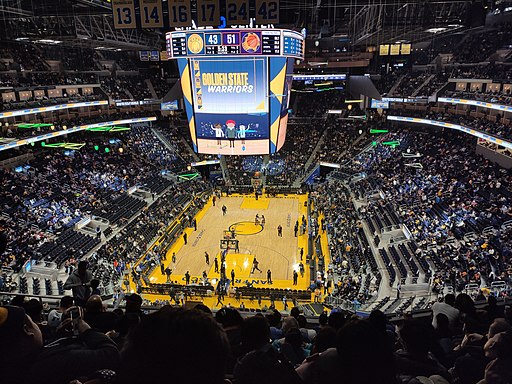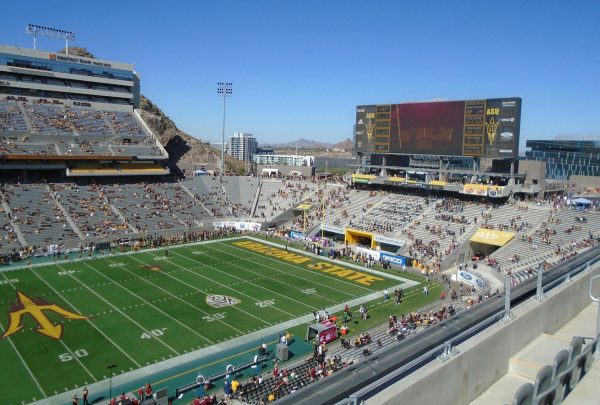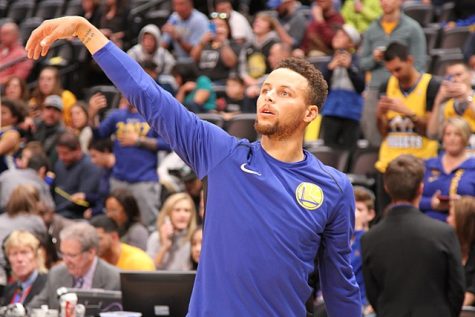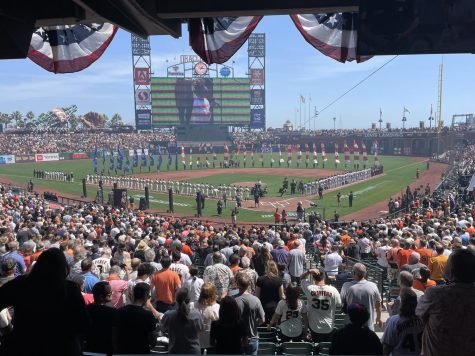The inequality women face being an athlete
Women are not viewed as equal to men when it comes to sports.
There isn’t the same respect due to the lack of coverage women receive in the media and the number of people that talk about the scores in their games is unmatched to that of men’s coverage in media.
“People don’t take us seriously,” said Skyline soccer player Sadia Velasquez Moreno. “We’re not that known. In television they don’t announce us as much as guys.”
Moreno explains how while playing with guy friends in informal settings, she sometimes has to prove herself to earn their respect as a player. They would start off going easy on her, but she retaliates with playing her best until they acknowledge being a girl does not mean she doesn’t have any skills.
Gender inequality is especially shown through professional athletes’ earnings. According to the New York Times, both men and women are required to play 20 exhibition games every year, but women get $3,600 per game while men get $5,000. Moreover, women are only paid for the first 20 exhibition games they play, but men get paid for every game no matter how many games they play.
The wage gap is even greater when it comes to the World Cup. When women place 3rd, they receive $20,000 and men receive $52,083 and when they place first, women get $75,000 while men getting $390,625. In 2015, “the women’s team earned $2 million for winning the World Cup while the men made $9 million without advancing beyond the round of 16 in 2014.”
According to a CNN article from last year, “The average salary for a Women’s National Basketball Association (WNBA) player is $72,000, which doesn’t include bonuses and benefits, while the average salary for an National Basketball Association (NBA) player is around $5 million, or about 70 times what the average female basketball player makes.”
The article also adds that male athletes get $190 million more per year in college athletic scholarships than women despite Title IX that requires gender equality within schools.
Many claim women aren’t prioritized because they just aren’t as popular or interesting. But CNN Money reveals that in the 2015 World Cup, the women’s team had the best U.S rating of any soccer game. Additionally, the match “drew more viewers than some other top-flight men’s sporting events such as the World Series and NBA finals.”
One of the biggest reasons female athletes aren’t as popular is their lack of media coverage. According to the award-winning documentary Media Coverage and Female Athletes that highlights University of Minnesota’s women’s sports teams, 40 percent of athletes are female yet they only receive two to four percent of media coverage.
“I feel we don’t have a sufficient amount of recognition like the male athletes do,” explained Skyline soccer player Dania Romero. “Male athletes are more prioritized. For example, male athletes get more views than female athletes and I think that’s a major issue.”
This lack of coverage and endorsement sends a strong message: females just aren’t as talented or important. In 2015, the Final Four teams in the men’s National Collegiate Athletic Association (NCAA) basketball tournament were on the front page of the New York Times, but the Final Four women’s team didn’t receive as much recognition.
Why would people acknowledge women’s sports if they can’t see how good they are? Society has the mentality that there’s a strong correlation between masculinity and sports, and that women aren’t as interesting. This idea can’t be destroyed without sufficient exposure of their success.
Hopefully, women can receive the equality and coverage they deserve. With this, young girls can see representation in sports and aspire to be successful athletes, too.
“Just play your game,” Moreno said, in a message to young girls. “Prove that women and men play the same and we deserve the same.”












